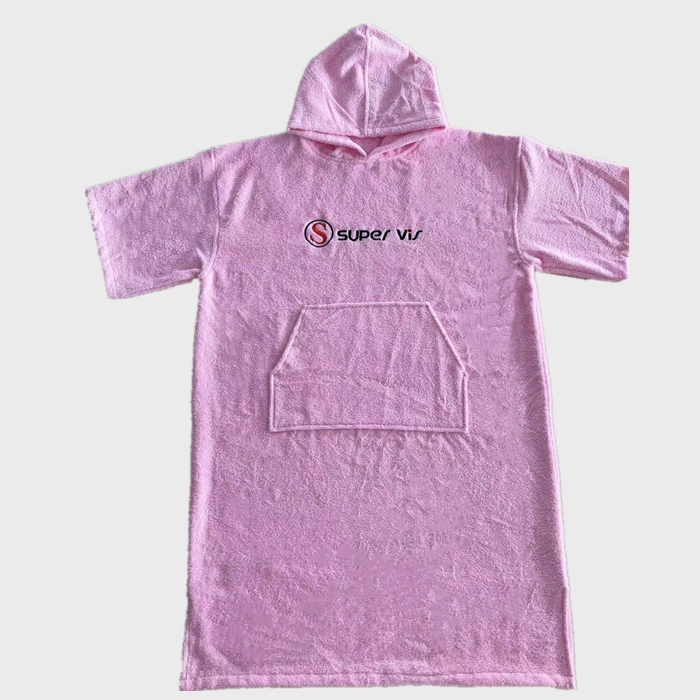Spring wheat field management skills
2025-07-16 03:13:53
Proper management of spring wheat fields is crucial during the critical period when the crop establishes its ear count and grain number per ear. The main focus during early spring is to promote tillering, maintain strong seedlings, and ensure a dense stand. At the same time, spring is also a season when diseases and pests are common, making pest and disease control a top priority in spring wheat management.
In the early stages, key pests and diseases include sheath blight, spider mites, and weeds. Management should emphasize protecting and utilizing beneficial organisms while using agricultural practices as the primary method, with chemical control used as a supplementary measure. Here are some specific prevention and control measures:
1. **Wheat Sheath Blight**: When more than 15% of plants show symptoms, apply 1 capsule + 5% gangokinemycin (100-150 ml) or 20% fennel emulsion (50 ml) mixed with 30 kg of water. Repeat every 10-15 days for effective control.
2. **Wheat Aphids**: Monitor the ratio of beneficial insects to aphids. If the ratio exceeds 1:100 per 100 samples, and alfalfa coverage is over 500, no immediate action may be needed. Otherwise, take timely measures.
3. **Wheat Spiders**: These pests are most active near the roots during the day. Watering after 9 PM can help drown them. If more than 200 spiders per 33 cm of double line are found, use 1,000–1,500 times diluted quick kill or no-stripe insecticides, and spray once every 7 days until eradicated.
4. **Wheat Midge**: This pest lives in the soil and affects the wheat head. In late April, apply 50% phoxim or 40% methyl isothioate at 250 grams per mu. This can achieve up to 90% control effectiveness.
5. **Rust and Powdery Mildew**: In areas where these diseases are severe, it's essential to act quickly. Apply 15% triadimefon at 50–75 g per mu, mixed with 10–12 kg of water. If treatment is delayed, increase the dosage to 70–100 g per mu.
6. **Preventing Cold Damage**: With frequent late spring frosts this year, spraying Chunyu No. 1 plant cell activator can enhance protoplasm flow, improve membrane permeability, and significantly boost wheat’s cold resistance. It helps reduce freezing damage and accelerates the recovery of yellow leaves to green ones, promoting rapid jointing and strong growth, ultimately leading to higher yields.
Additionally, attention should be given to controlling wheat yellow dwarf virus, bushy dwarf virus, leaf beetles, and underground pests. Effective field management requires continuous monitoring and timely intervention to ensure a healthy and productive wheat crop.
(Contributed by Senior Agronomist Ban Yimin)
Cotton dry robe poncho, dry robe waterproof, customized logo dry robe, long sleeve dry robe poncho supplier fore more than 7 years. We are factory directly with cheap price.
| Product Name | Cotton Dry Robe Poncho |
| Size | One size or customized |
| Color | Black, Grey, Blue, Red and etc and customized |
| Fabric | Recycled nylon and polyester |
| Sample | Available ( about 5-7 days) |
| Logo | Customized logo accepted |


Cotton Dry Robe Poncho,Dry Robe Waterproof,Customized Logo Dry Robe,Long Sleeve Dry Robe Poncho
Suzhou Golden Gamrnet MFG Co.,Ltd , https://www.svchangerobe.com